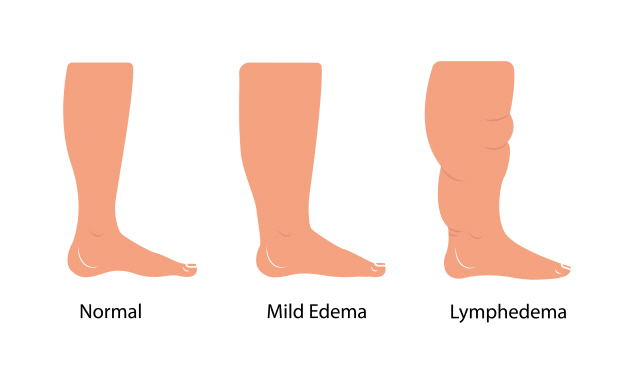
Fang Ji, Huang Qi, Zhu, Ze Xie, Gan Sui, Gua Lou Gen
By Daniel Cho, L.Ac. (email: c0454445@gmail.com)
< How to differentiate each prescription>
|
Deficient Pattern |
Excessive Pattern |
|
|
Fang Ji, Huang Qi |
Zhu Or Ze Xie, Mu Tong, Ting Li In rare cases, Kui Zi, Qu Mai |
Ma Huang, Gan Sui |
|
*External Signs of Water Edema: ①Pitting edema along the tibial line ②Puffy face ③Easily swells ④Standing or walking will induce leg swelling ⑤Sock marks ⑥Shoes become tighter ⑦Rings will not come off in the morning. |
||
Choosing one prescription among the many in the Shang Han Lun is like finding a needle in a haystack. However, just as we can easily reach a destination using GPS in an unfamiliar place, knowing the key herb that serves as a clinical clue can help us quickly identify the desired formula. That’s why studying these clinical clue herbs is essential. This time, we’ll explore the key herbs that act as clinical indicators for formulas used to treat fluid metabolism disorders in the body, according to the Shang Han Lun.
Fang Ji: Symptom Indicator Score +++, Frequency of Use +++
–Main Symptoms: ①Edema or fluid retention: often experiences swelling, especially in the legs, after prolonged standing or walking. ②Palpation assessment: pitting edema along the tibial line or shin is common.
–Possible Symptoms: Shortness of breath (cardiac asthma).
–CAPE: ①Yin-natured. ②Older people (in their 30’s or older) with weak stamina
Huang Qi: Symptom Indicator Score++, Frequency of Use ++
-Main Symptoms: ①Excessive sweating. ②Edema is also common. Sometimes, pitting edema along the tibial line will also be present.
–Possible Symptoms: ①Paresthesia (numbness) and paralysis may show. ②Huang Qi is sometimes used for skin disorders with serous exudates (clear oozing). Huang Qi is sometimes used for skin conditions with clear fluid discharge.
–Tendency: Patients with Huang Qi syndrome are generally easily fatigued and have low overall stamina.
Zhu: Symptom Indicator Score+++, Frequency of Use +++
-Main Symptoms: ①Frequent urination with a feeling of incomplete relief. ②Edema (pitting edema along the tibial line) may be present. ③Dizziness and feeling of a heavy head. We can consider using Zhu if one or more of the above three symptoms are present.
–Possible Symptoms: ①Body pains and swelling.
Ze Xie: Symptom Indicator Score +, Frequency of Use +
-Main Symptoms: ①Urinary frequency and discomfort. ②Edema (pitting edema along the tibial line) may be present. ③Dizziness and heavy-headedness.
–Possible Symptoms: Thirst
-TIP: Ze Xie’s clinical signs are similar to those of Zhu. Therefore, Ze Xie is usually used as an assisting herb to Zhu.
Gan Sui: Symptom Indicator Score +, Frequency of Use ++
-Main Symptoms: ①Gan Sui is mainly used for body pain accompanied by localized heat or swelling. Redness and warmth may be present due to acute inflammation. Aside from formulas like Shi Zao Tang, Gan Sui Ban Xia Tang, Da Xian Xiong Tang/Wan, and Da Huang Gan Sui Tang, patients often show partial or full-body edema. Pitting edema along the shin may also be common.
–Possible Symptoms: Urinary problems due to acute inflammation, such as dysuria, residual feelings of urine, frequent urination, pain, oliguria, or anuria, may appear, especially in Da Huang Gan Sui Tang or Gan Sui Ban Xia Tang.
–CAPE: Gan Sui patients are excessive heat types and are normal to overweight with good stamina and aversion to heat.
-Cautions: You should be careful with using Gan Sui for people who are underweight, with low stamina, aversion to cold, and soft/loose stools or diarrhea.
Gua Lou Gen: Symptom Indicator Score ++, Frequency of Use +
Main Symptoms: Dry mouth (thirst) due to decreased secretion of oral mucus and saliva, → Resulting in increased/frequent water intake.
































